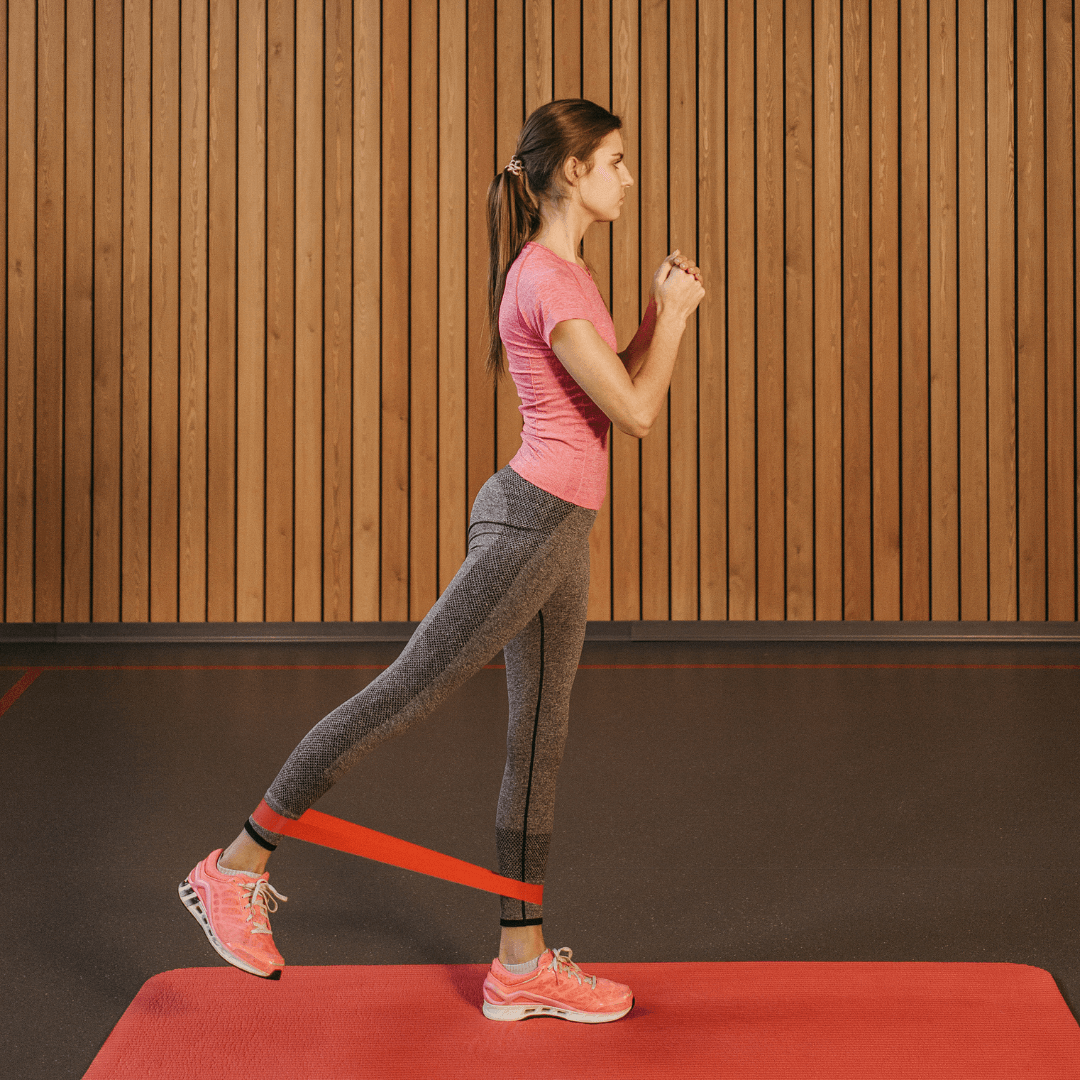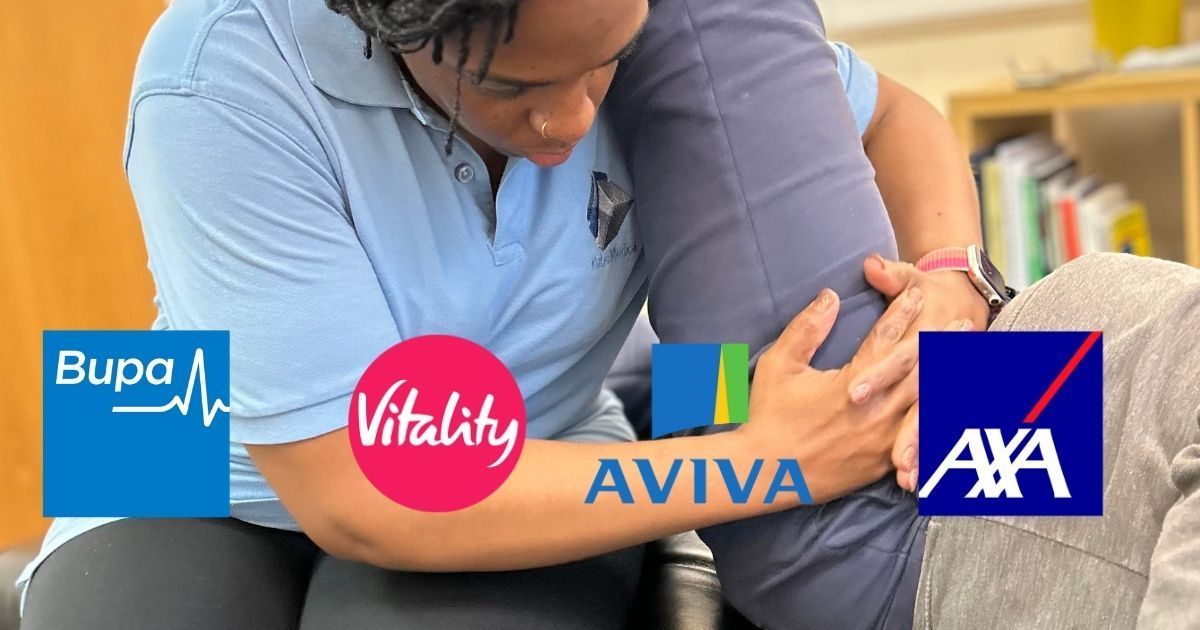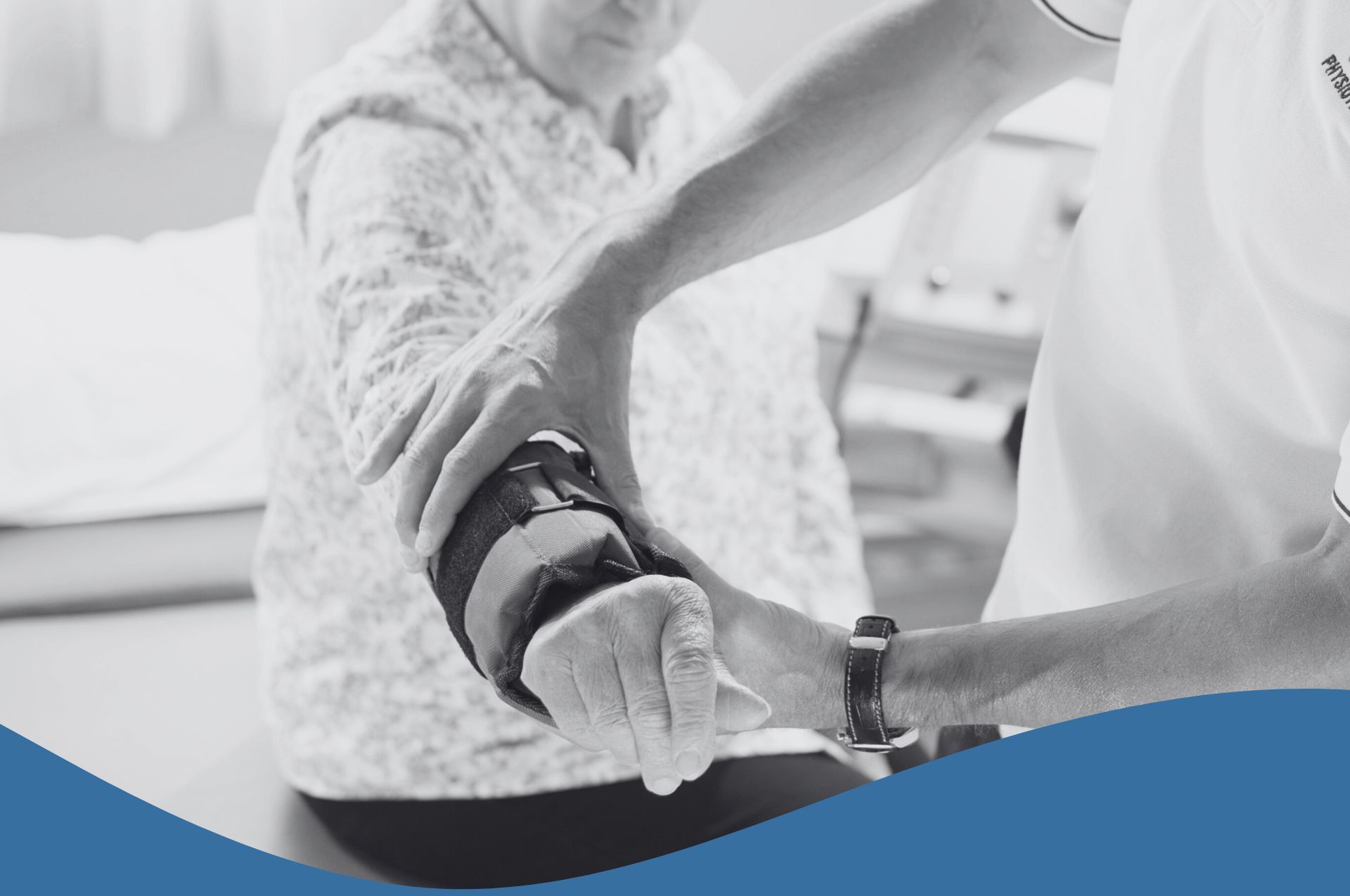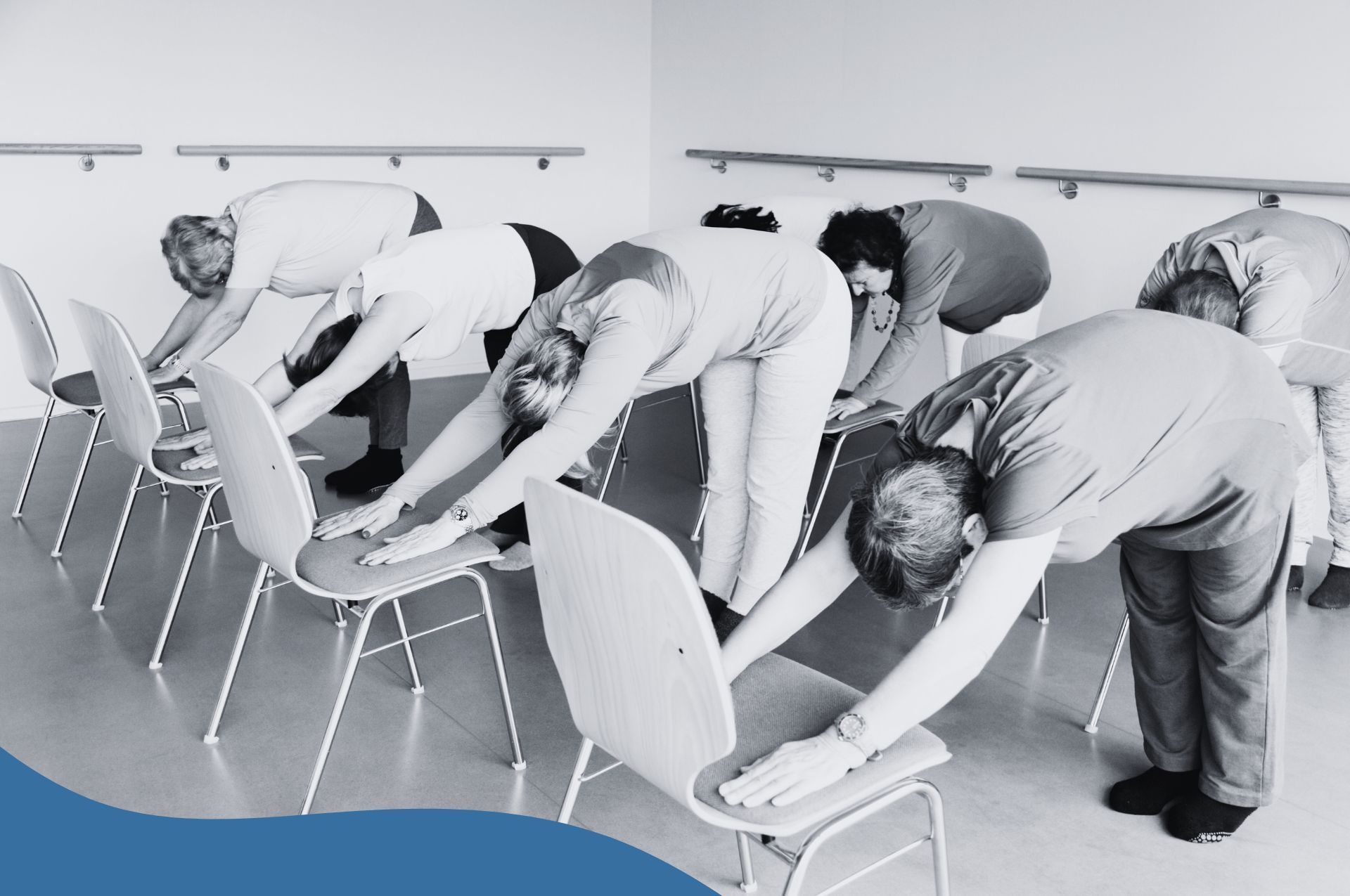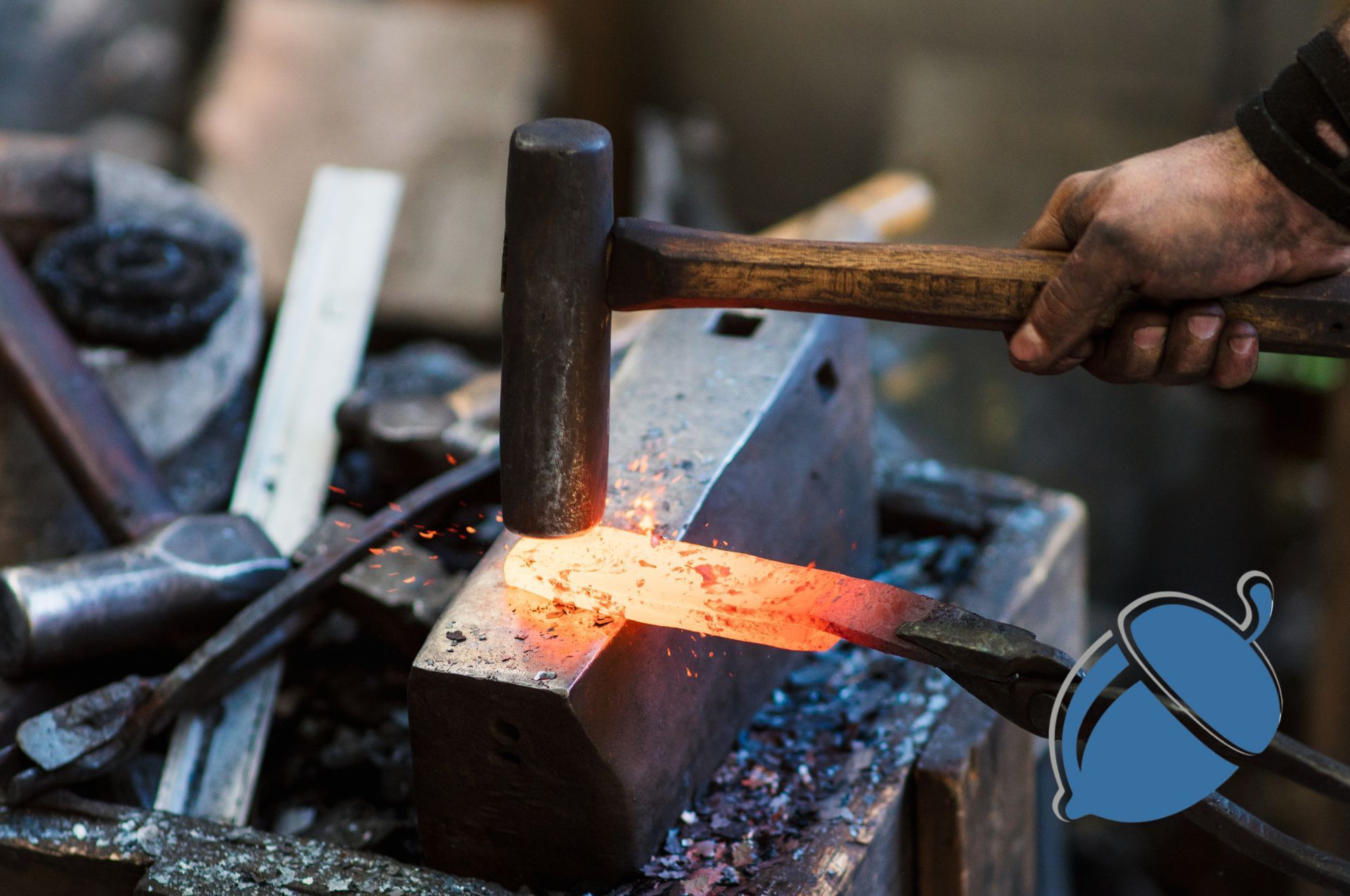If you're an athlete, then there's a good chance you'll at some point experience a hamstring injury. Hamstring injuries are very common in sports, particularly rugby, and can often sideline players for weeks or even months. So, if you want to know how to manage a hamstring injury, then read on!
In this article, we'll take a look at what causes hamstring injuries and how to prevent them. In part 2, we will look at
how to treat them and how to prevent them from happening in the future. We'll also discuss some of the best exercises for strengthening your hamstrings. So, whether you're currently suffering from a hamstring injury or just want to make sure you don't get one in the future, we’ve got the detail you need.
Hamstring injuries are one of the most common injuries in athletes
The “hamstring” refers to a group of muscles at the back of the thigh. They are particularly used for faster leg movements that involve bending the knee.
Hamstring injuries frequently occur in sports that involve kicking, sprinting and skilled ballistic movements, such as changes of direction. There is also a high rate of recurrence, suggesting insufficient rehabilitation and returning to sport too quickly following injury.
There are a few things you can do to help prevent hamstring injuries
As with many things, prevention is better than the cure. Hamstring injuries are uncomfortable, require extended breaks from activity and are likely to
occur again. There are several points to consider in preventing hamstring injury.
The hamstring and quadriceps can be tested using hamstring curl and quad extension resistance machines respectively. Ideally the ratio, calculated by dividing the hamstring lift weight by the quad lift weight, should be above
60%.
Glute activation
The gluteus maximus plays an
important
role in leg movement, working with the hamstrings to draw the legs backwards. If it is not working properly, the hamstring must overwork to compensate for the resulting weakness. Glute activation plays an important role in both preventing injury in the first place, and ensuring hamstring injury rehabilitation is effective.
Sports massage
Hamstring injury prevention through
sports massage is a great way to stay healthy and safe while playing your favourite sport. By
increasing circulation and allowing more oxygen to reach the muscles, massage can help alleviate hematomas or bruises that have formed. Additionally, massage increases flexibility, which can help you avoid strains or sprains. And if you do happen to find yourself with a hamstring injury, massage can speed up the healing process. So whether you're a weekend warrior or a professional athlete, regular sports massage should be part of your injury prevention routine.
There are certain times when you shouldn't get a massage. For example, if you have an open wound or a torn tendon, massage can make things worse. That's because massage can cause bleeding and increase swelling. So it's important to know the contraindications of sports massage before you book an appointment. If you're not sure whether massage is right for you, ask your practitioner. They'll be able to give you advice based on your individual circumstances.
Hamstring injuries are a common occurrence, particularly among sports people. However, there are ways to prevent them from happening in the first place. Strengthening your hamstrings is important, as is activating your glutes. Sports massage can also help to keep your muscles healthy and functioning properly. Hopefully this article has given you some useful tips on how to stay safe from hamstring injuries.

